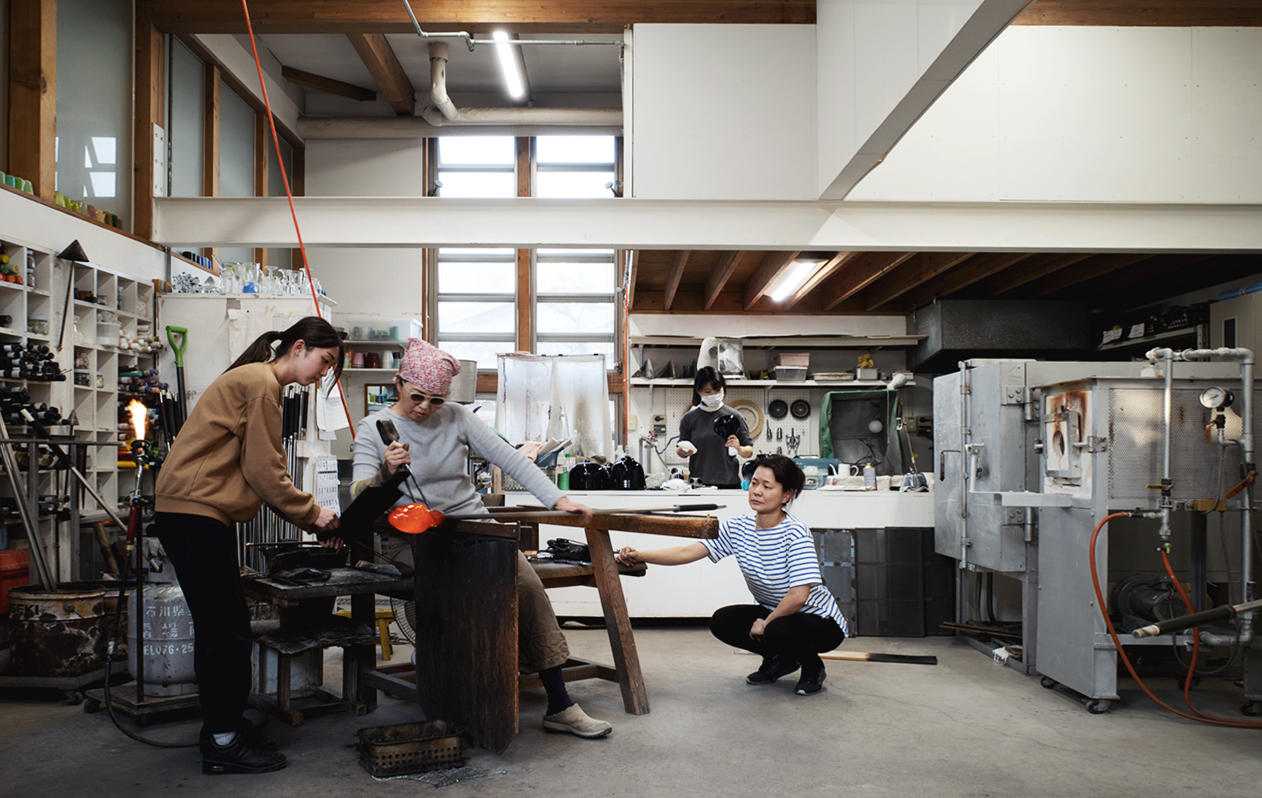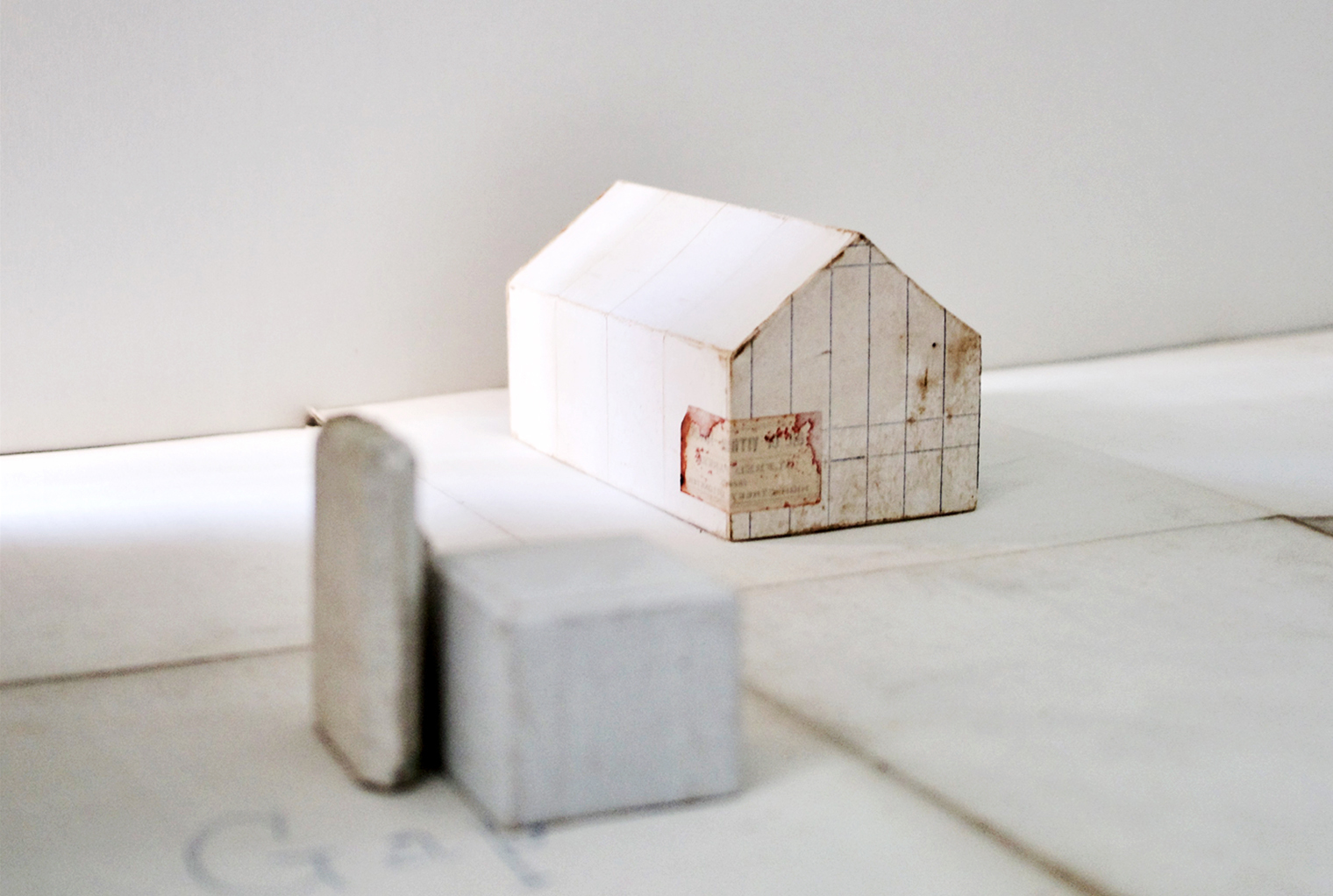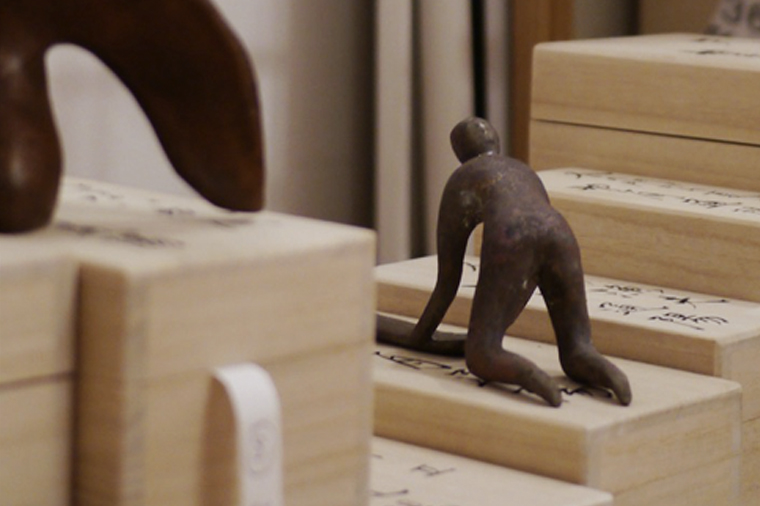Kyoto Moyashi House
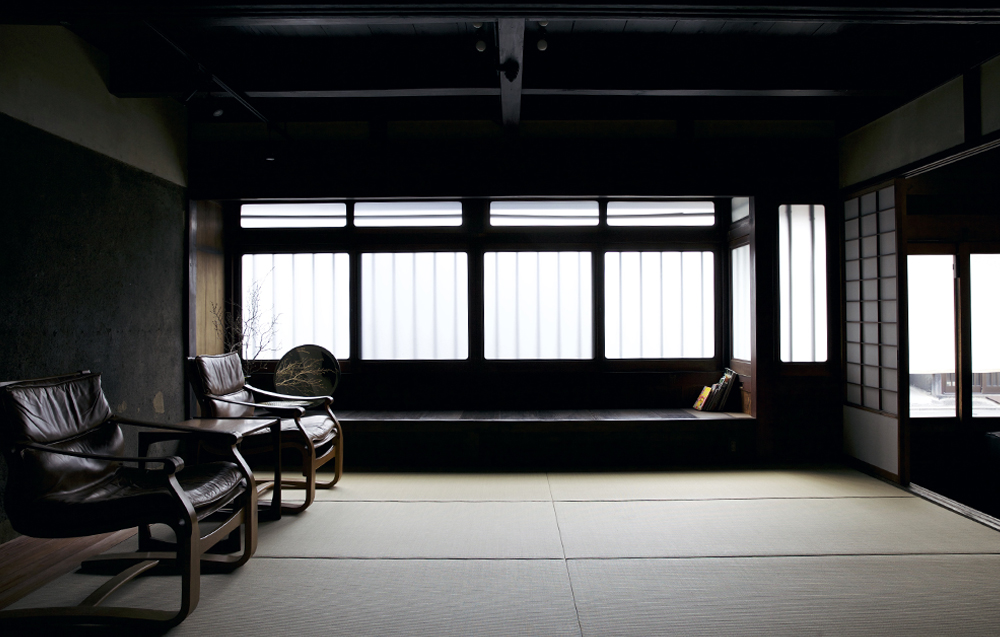
In a quiet temple district of Kyoto, dotted with Buddhist temples, stands the Kyoto Moyashi House. Its unassuming façade is like most kyōmachiya (traditional Kyoto style townhouses) but take a closer look and you’re in for a surprise.
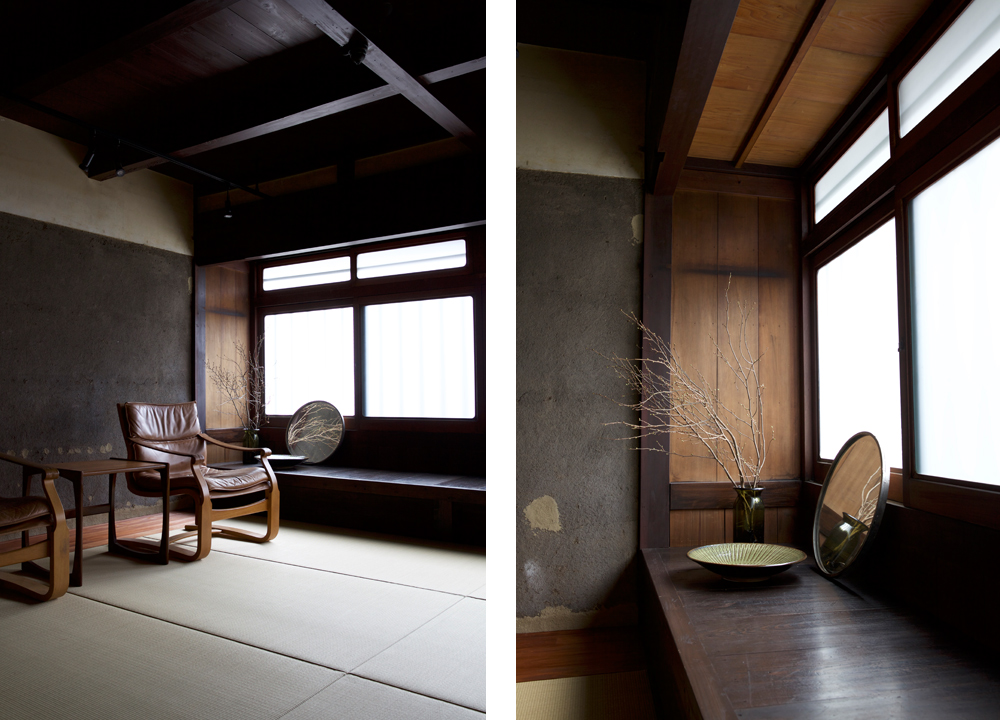
The house was erected in the late 1800s. The original owner, Mr. Ishii built the house as a residence and a workspace for the fermentation of koji, a culture made from soybeans primarily used to make sake amongst other Japanese food staples like miso and soy sauce. Recently, Fonz, the homeowners, with the help of their friend, architect Mr. Shigenori Uoya, had the idea to renovate and design the house to transform it into a multi-purpose meeting grounds for events, workshops and the best part, for lodging. Yes, you can actually stay in this 120-year-old house and feel like you’ve been transported back into time. Given the opportunity, we did just that!
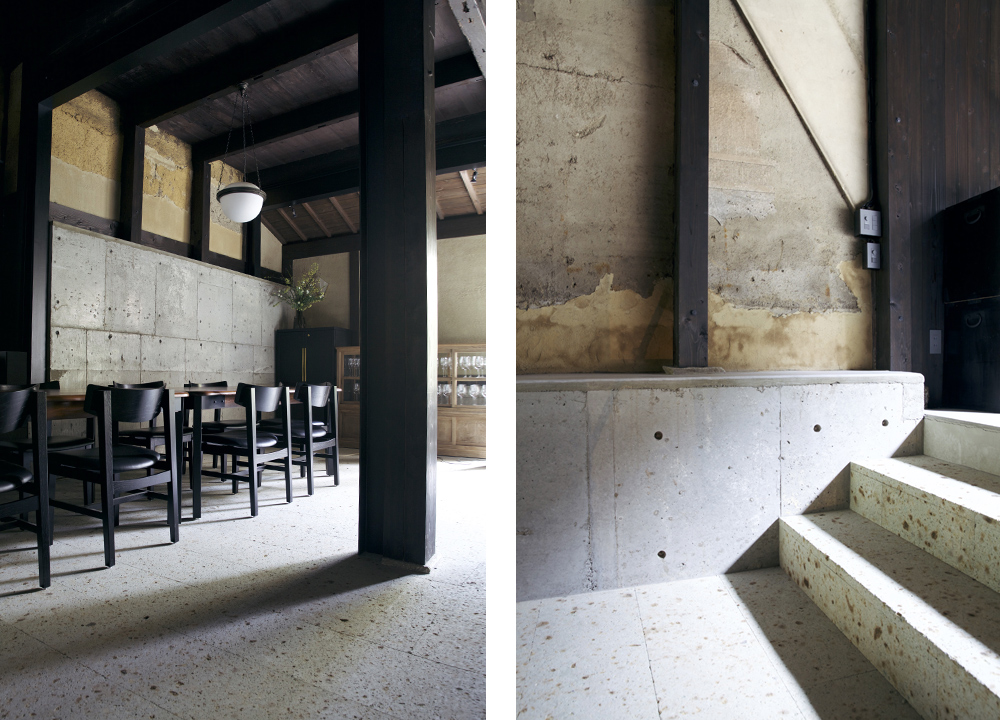
We were excited to hear about how Kyoto Moyashi House arranged for the architect and homeowners to welcome us upon first arrival to give us the lay of the land and explain the history of the house. We found out that when they were planning the project, their main purpose was to keep the integrity of the old house while making it modernized and functional for today. They remained true to their initial approach and completed the project in June 2015. The results are truly special.
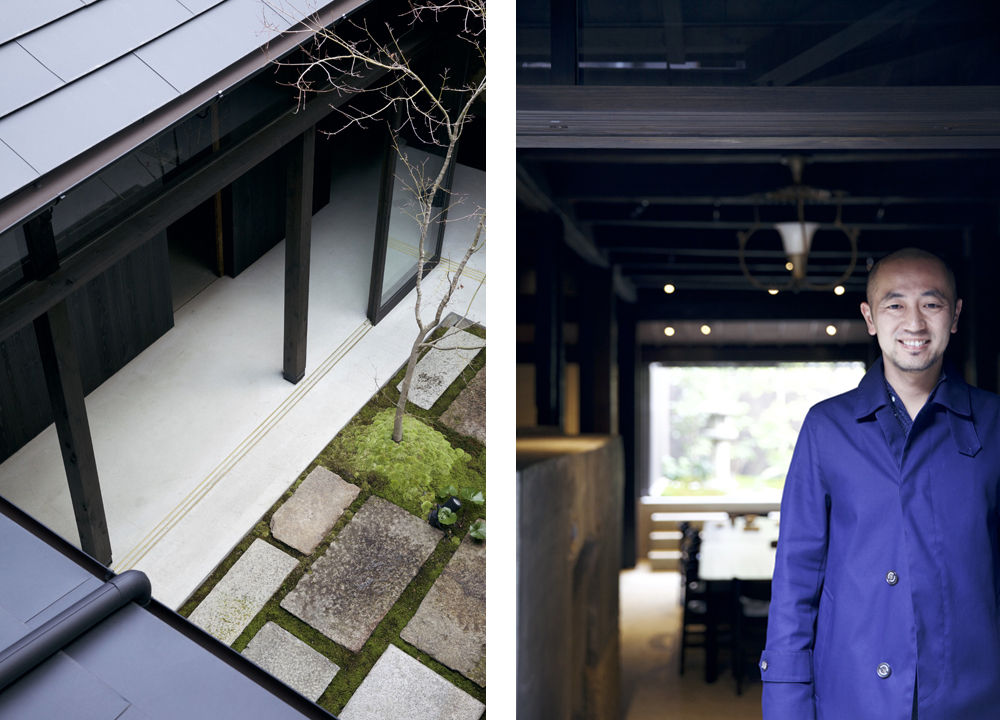
Mr. Uoya (pictured above) has had experience working on around sixty other projects, but revealed that this house was one of the more challenging ones because he had the responsibility to not only keep the history of the house but also that of the area. The area Shimogyō-ku was once full of old wooden machiya style townhouses but they are slowly going extinct since many owners can’t deal with the high costs associated to the maintenance and renovation of decrepit folk dwellings, and instead invest in the development of modern condos or offices.
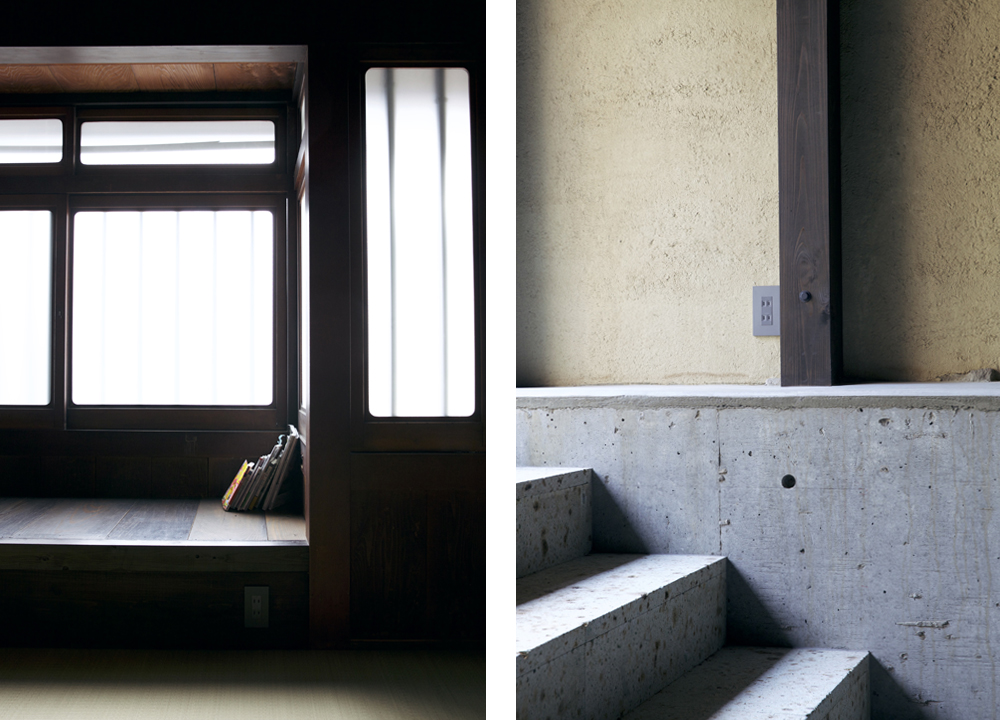
As we toured the house, Mr. Uoya explained that he kept with the original infrastructure and opted to mix in modern elements. Evidence of this exists all throughout. A beautiful mix of old and new occur in such details as earthen walls that combine with concrete floors or authentic wood beams that seamlessly blend into glass doors. He also pointed out the many details they decided to keep including old steel implements and wood vessels used to produce koji.
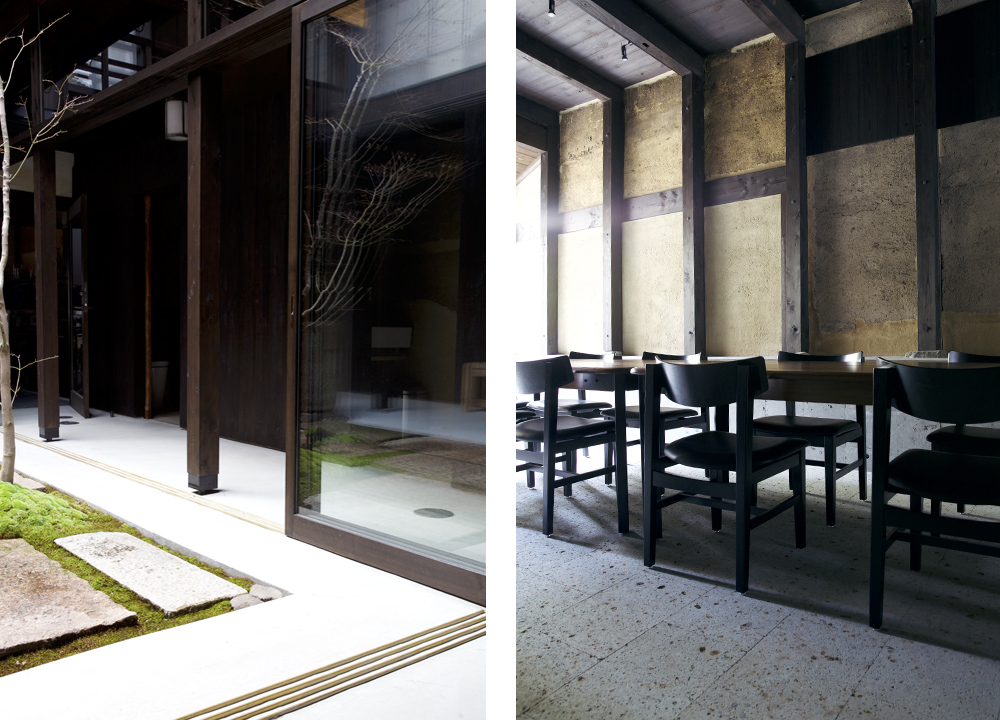
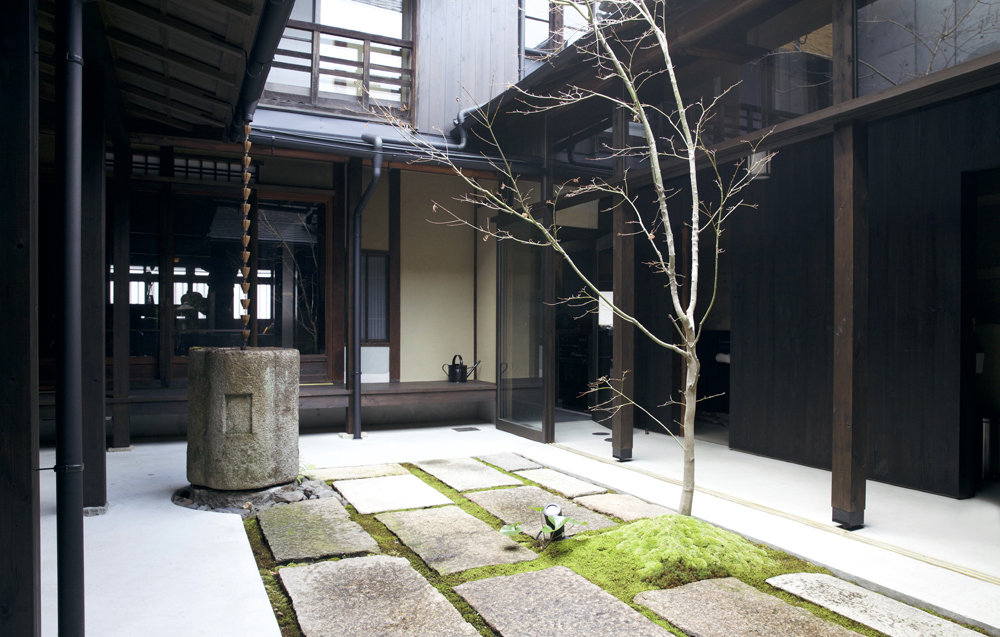
Our favourite part of the Kyoto Moyashi House is actually the centrally located open-air garden. Accessible from all the main ground-floor rooms through sliding glass doors, the garden provides nice airflow and natural light, as intended by the architect.
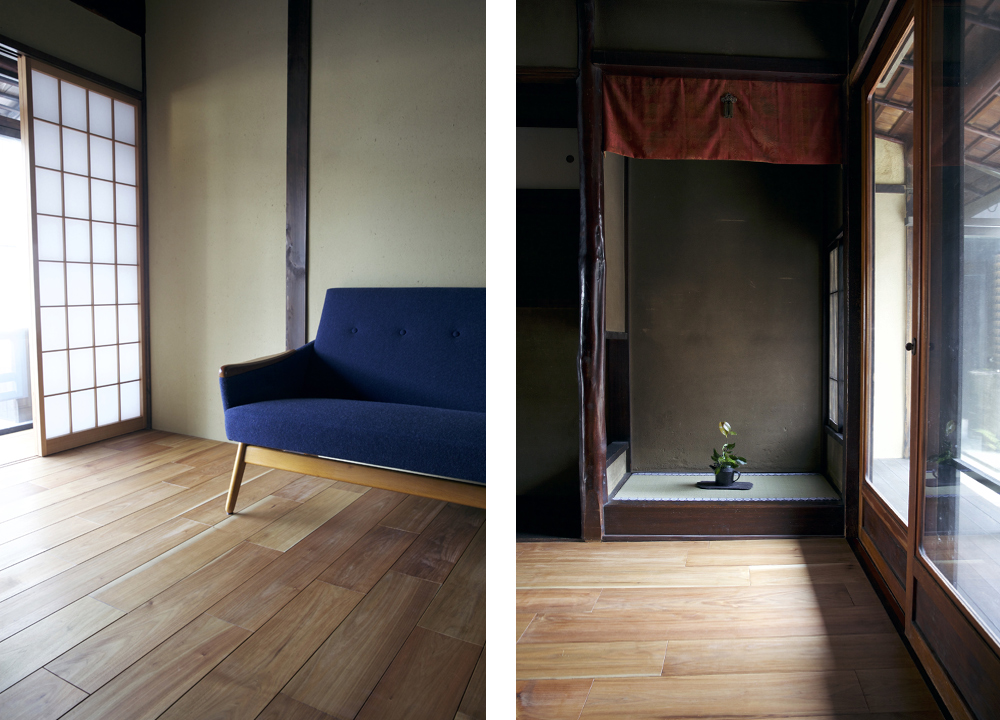

Every nook is softly lit and peaceful. The top floor rooms offer overnight guests the opportunity to experience a traditional Japanese style stay with tatami flooring and roll out futon mats.
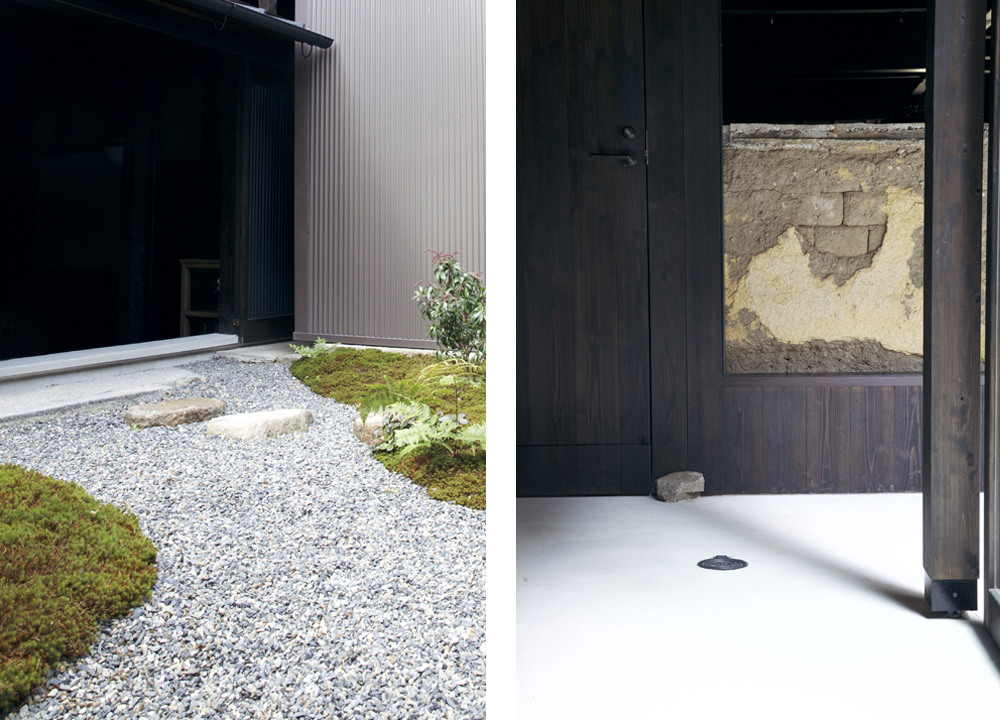
From the back of the house, you can see the foundations of the home and the narrow lot of land it occupies. Machiya were both a place of business and residence for their owners so they often had narrow facades that would act as storefronts accessible from the street. The homes then expanded deep into the back to make room for living quarters and workshop areas. Outdoor spaces were incorporated in the form of small courtyard gardens. The houses were everything the owner needed to build a life and family in a time when Kyoto witnessed increased economic growth near the end of the Edo period.
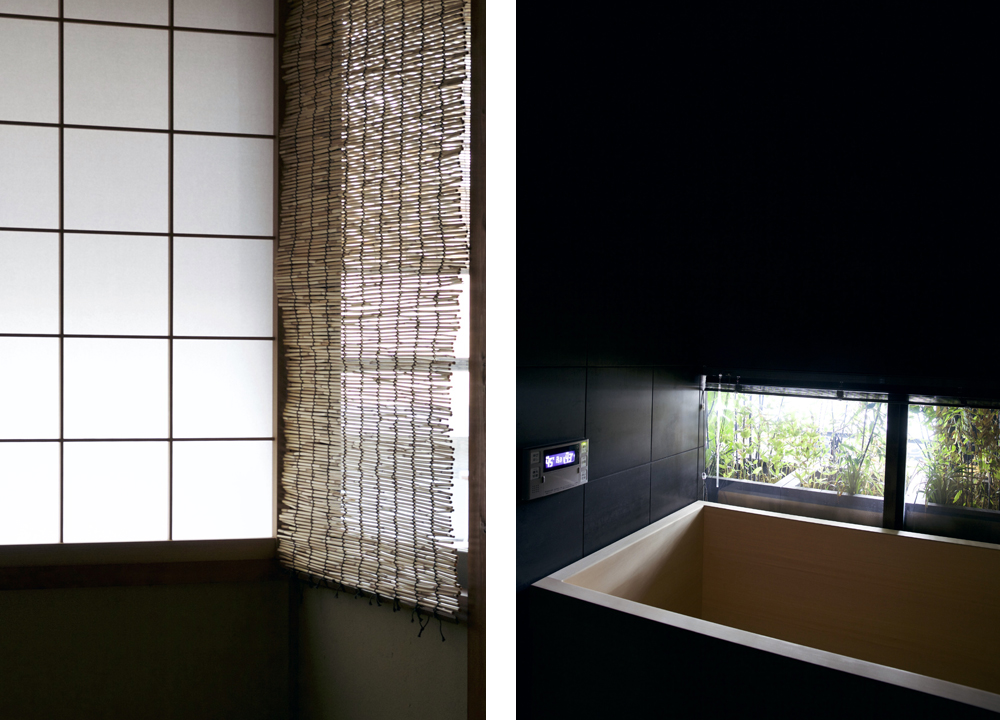
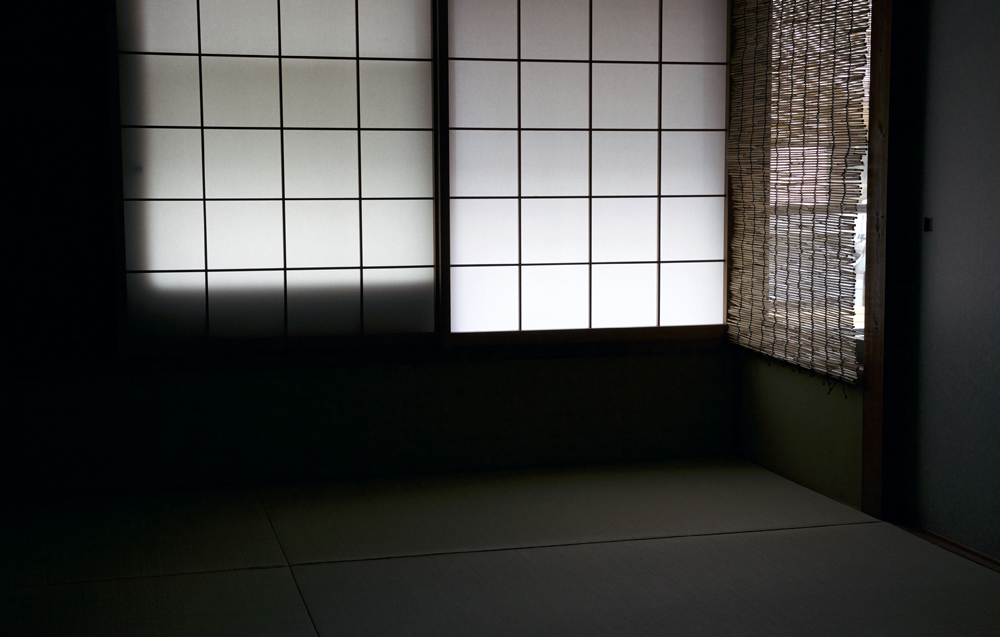
Although Kyoto is a city steeped in tradition, the long-established spheres of culture often feel inaccessible – only for the elite, the ones in the know. Private teahouses and clubs exist and invitation only is still criterion for entry. Not to say that we’re not one for a good speakeasy but it’s refreshing to know that places that aim to preserve tradition are opening their doors to foreign admirers to experience Japan’s intrinsic concepts of living firsthand. The machiya provides an old-world charm that is hardly ever available outside of museums or special tours. The fact that you can actually stay in a place that provides an intimate encounter to artisan crafts, architecture and materials is noteworthy in itself. We highly recommend the Kyoto Moyashi House. If not for an extended stay, at least for one night to enjoy the hinoki cypress wood bathtub!
Contact the Kyoto Moyashi House for all inquiries and rates.
Special thanks to the Kyoto Moyashi House staff and architect, Mr. Uoya, for the in-depth tour.
Photos by Matthew Johnson.

